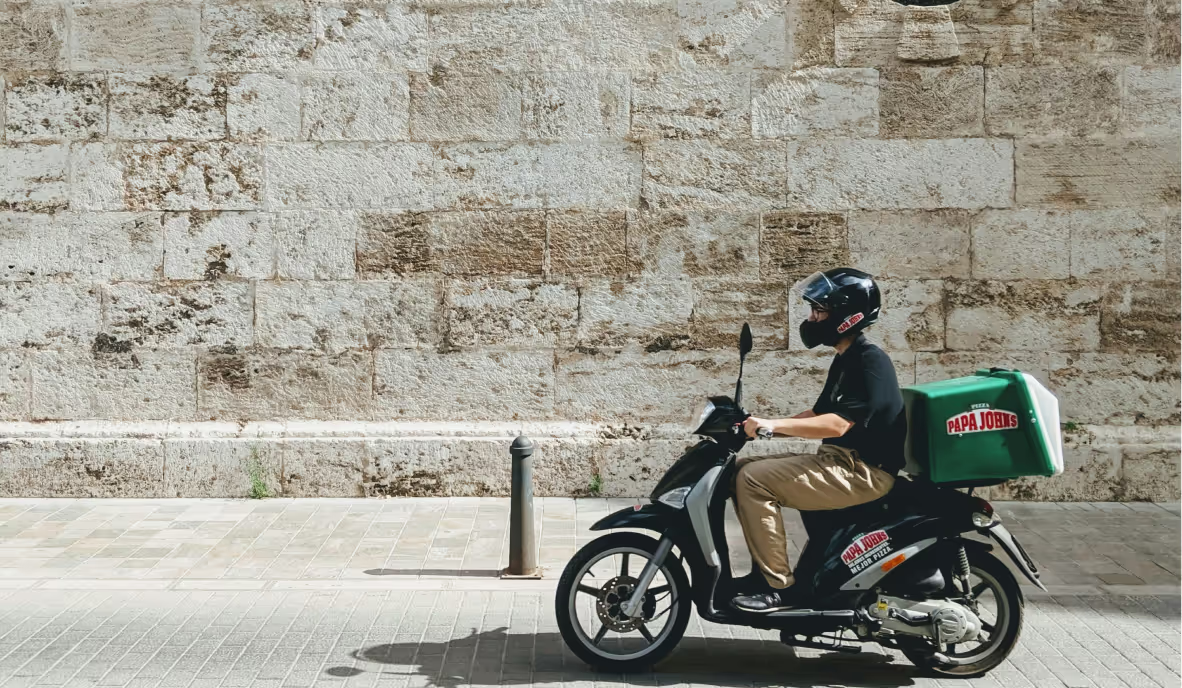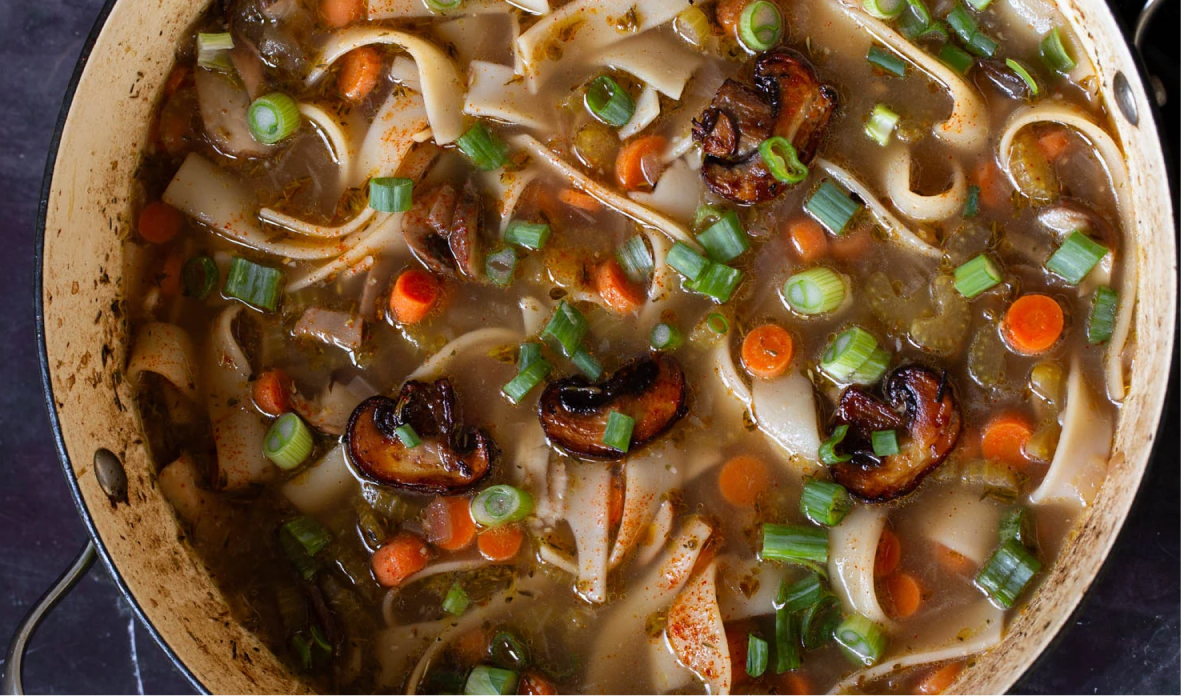Is Food Delivery Bad for the Environment? It’s Complicated

Join the community





In a world where everyone is busy and convenience often trumps all, food delivery has become a staple of modern life. With a few taps, groceries arrive at your door, a hot meal materializes in minutes, or a week’s worth of meal kits shows up, ready to cook. But as we enjoy the perks of not having to shop or cook, a question simmers in the background: Is this convenience costing the planet?
The answer, as with most things related to climate and consumer behavior, is — it’s complicated.
{{cta-join2}}
Meal Kits: Surprisingly Climate-Conscious
Meal kits, with their individually packaged ingredients and seemingly excessive insulation, may look like an environmental nightmare. But dig deeper, and the picture gets more nuanced.
As meal kits deliver pre-portioned ingredients, they drastically reduce food waste. Food waste is one of the biggest contributors to greenhouse gas emissions in the food system. The U.S. Department of Agriculture estimates that 30% of food produced in the U.S. is wasted.
So meal kits mean no forgotten cilantro turning to sludge in your fridge, no half-used cans of coconut milk going stale. The supply chains behind meal kits are also often more streamlined, cutting out the excess inventory and spoilage seen in grocery stores. A study found that meals made with grocery store ingredients produce 33% more emissions than similar meal kits.
If you’re someone who regularly overbuys, lets produce go bad, or struggles with meal planning, meal kits may actually be the most climate-conscious option available. Once you get the hang of meal planning, you’ll save a lot of plastic if you get ingredients from the store and use them up before they go bad. Look for recipes to use up leftover veggies, fruit, and even bread.
Grocery Delivery: Better Than You Think
When it comes to groceries, having them delivered might seem indulgent, but it can actually be a more sustainable choice than driving to the store yourself. Delivery services like Instacart consolidate multiple orders into one trip, which reduces the overall number of cars on the road. This shared system, in effect, lowers emissions per bag of groceries.
That said, the benefits drop off if you're already bundling grocery runs with your commute or other errands. A single-purpose drive to the store? Less efficient. But a stop on the way home from work? That might beat a delivery truck in carbon math. When you walk, bike, or take public transit to the store, that’s even better.
The takeaway: grocery delivery is greener if it replaces an extra trip, not one you were already making efficiently.
Takeout: It’s All About the Delivery Mode
Ordering dinner from a restaurant through apps like DoorDash or Uber Eats is a different story. While it saves time and can support local eateries, it can be one of the more environmentally taxing delivery choices, especially when the mode of transportation is carbon-heavy.
In urban centers where deliveries are made via electric bikes or scooters, the environmental impact can be relatively low. But when meals are delivered to your door in individual, gasoline-powered vehicles, the emissions add up quickly, particularly if the driver’s route isn’t optimized or if they’re delivering just one order per trip.
If you’re keen on cutting your carbon footprint, limiting restaurant delivery or choosing pickup when feasible makes a big difference. And if you do order in, consider supporting platforms or restaurants that use greener transportation.
So, What Should You Do?
- If you’re willing to cook, but you regularly waste food, meal kits might be the lowest-impact option.
- If your grocery store is far away, delivery could be greener — unless you're combining errands.
- If you love takeout, try to limit it, or at least prioritize restaurants that use bikes, scooters, or electric vehicles for delivery.
Ultimately, food delivery isn’t inherently bad or good for the planet — it depends on how it's done, what it replaces, and how frequently it’s used. The most climate-conscious choice may not be the most obvious one. As with most sustainability decisions, awareness and small shifts in habits, not guilt, can make all the difference.












